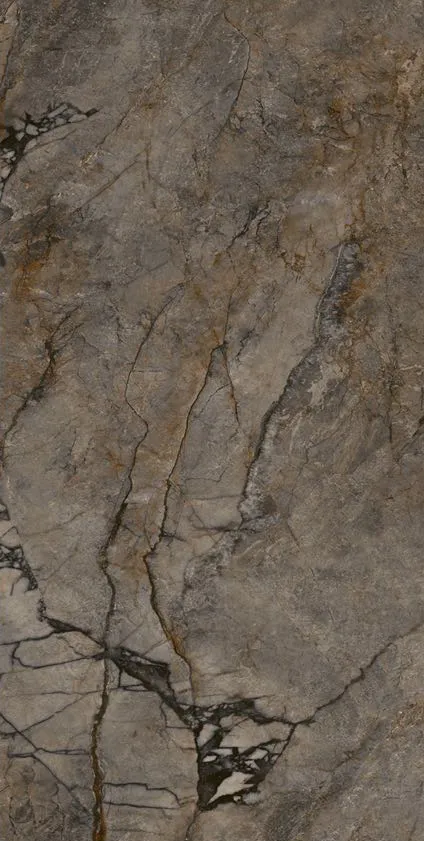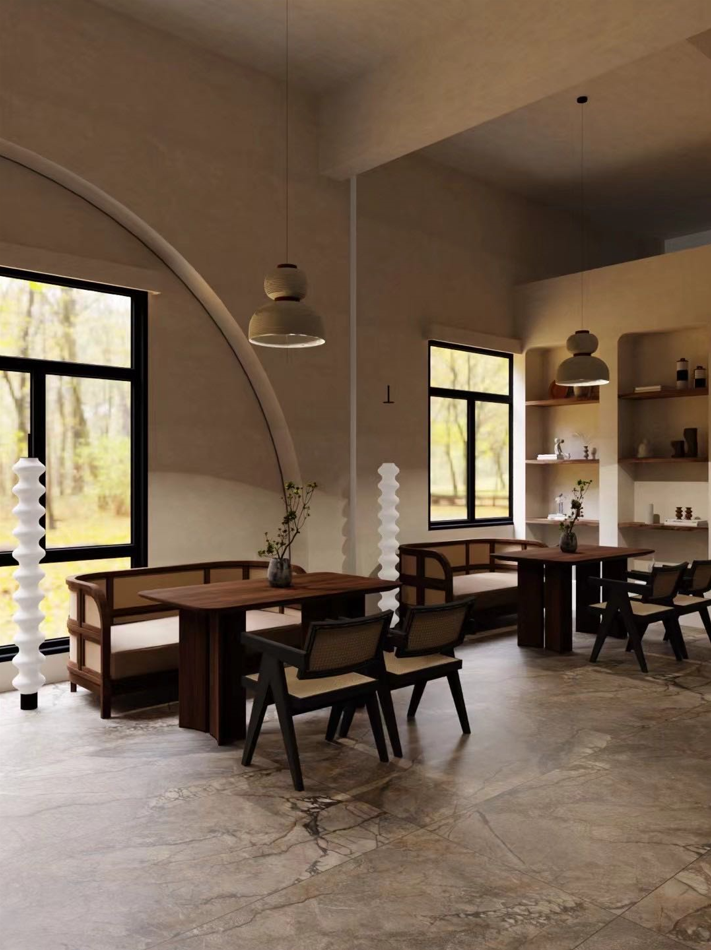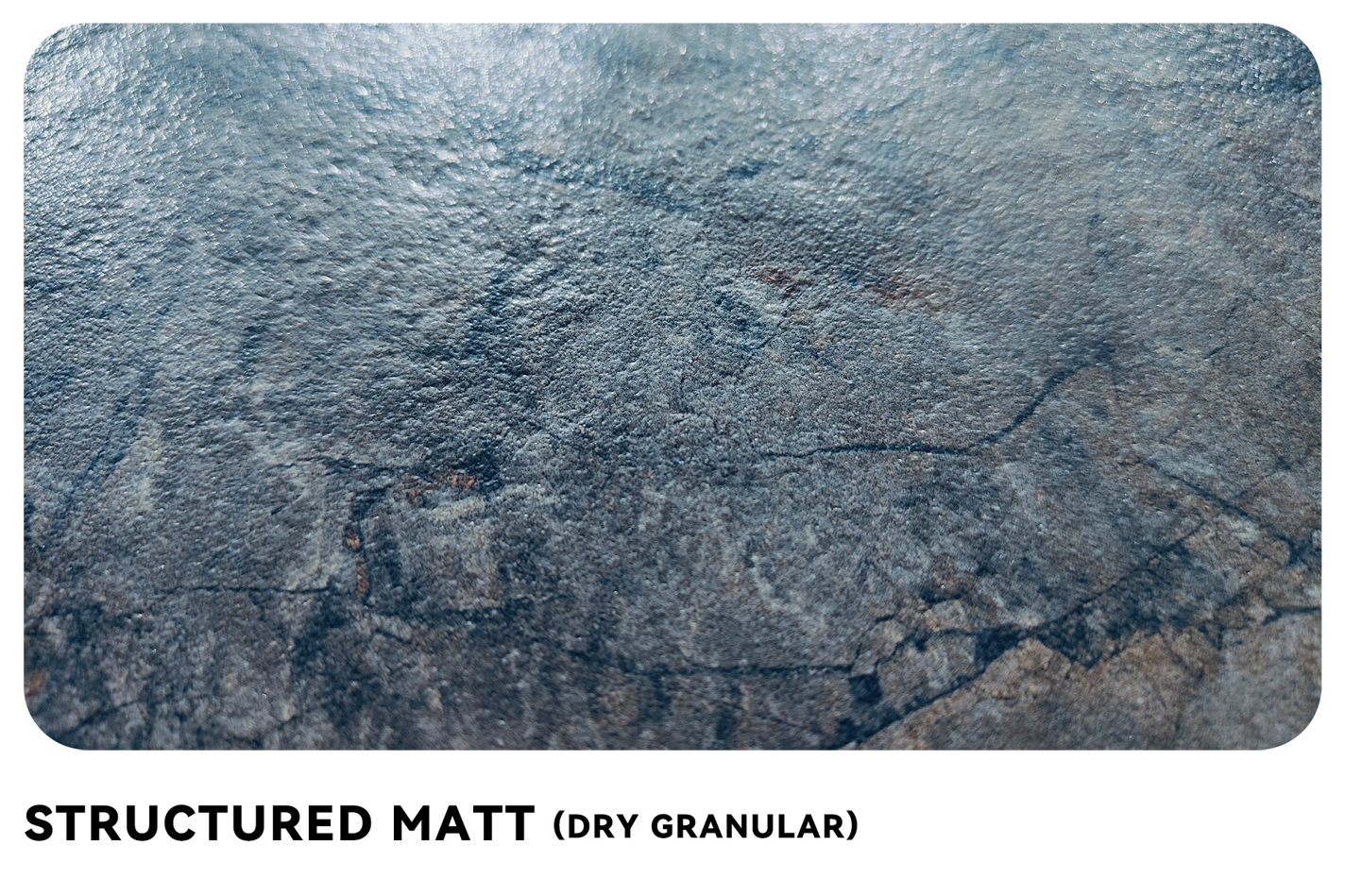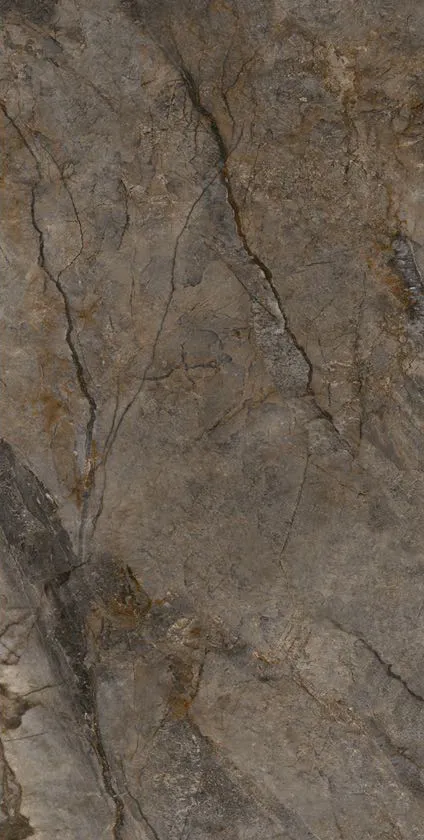Marble slabs, with their natural texture, elegant color, and unique feel, are widely used in interior flooring, wall coverings, countertops, and high-end decorative spaces. However, many homeowners and designers who choose marble slabs often have a common question: Is marble slab prone to cracking?
This article will delve into the root causes of marble stone slab cracking from multiple perspectives, including material properties, structural stress, installation techniques, operating environment, and maintenance methods. It will also provide professional advice to help readers scientifically understand and prevent marble stone slab cracking.

Is marble slab inherently prone to cracking?
1. Mineral Composition and Structural Characteristics of Marble Slabs
Marble stone slabs are a naturally occurring metamorphic rock primarily composed of calcium carbonate (CaCO₃), typically composed of calcite or dolomite. Its formation process involves high temperatures and high pressures, resulting in a dense internal structure and a certain degree of crystallinity.
However, compared to granite, marble stone slab has a relatively low hardness (approximately 3-4 on the Mohs hardness scale) and contains tiny natural fissures. While these natural fissures are invisible to the naked eye, they can become potential stress concentration points when subjected to stress or temperature fluctuations, leading to cracking.
Thus, from a mineralogical perspective, marble stone slab is not a brittle material prone to cracking. However, its structure does have certain inherent "weak points" that make it susceptible to cracking under improper use.
2. Physical Properties and Crack Resistance of Marble Stone Slab
From a physical property perspective, the compressive strength of marble stone slab generally ranges from 80–120 MPa, and its flexural strength is approximately 7–15 MPa.
These values indicate that while the load-bearing capacity of marble stone slab is sufficient for general construction and decorative applications, its flexural and impact resistance is slightly lower than that of artificial quartz stone or ceramic tile.
In other words, while marble stone slabs perform well under static loads, they can indeed develop microcracks and eventually crack when subjected to impact, bending, or thermal expansion and contraction.

Why do marble stone slabs crack?
1. Reason 1: Stress concentration caused by natural structural defects
Natural marble slabs often exhibit uneven mineral distribution, microcracks, and interlaced textures during their formation. While these naturally occurring textures offer aesthetic value, they can also become structural weaknesses.
When external forces are concentrated along the grain direction, internal microcracks are more likely to propagate, resulting in surface cracking.
Key Point: The more pronounced the texture and the greater the color difference in a marble stone slab, the lower its crack resistance.
2. Reason 2: Improper cutting and processing techniques
From raw material extraction to cutting, polishing, and transportation, improper process control can create cracking risks in marble slabs.
For example:
• Cutting too quickly or blade wear can cause localized overheating, leading to microcracks;
• Uneven pressure during polishing can cause uneven stress on the slab surface;
• Improperly placed or excessive vibration during transportation can also loosen the slab's internal structure.
Thus, whether a marble stone slab is prone to cracking depends largely on the professionalism and quality control during the processing stage.
3. Reason Three: Uneven Installation Base or Uneven Bonding Material
Many marble stone slab cracks are not caused by inherent material problems, but rather by improper installation and construction.
If the base layer is not leveled or the bonding layer is uneven in thickness, the stress points on the slab surface will be uneven. When people walk or apply external force, excessive stress will be placed on a corner or the center of the slab, leading to fracture.
Furthermore, marble stone slabs have a high coefficient of thermal expansion. If expansion joints are not provided during construction, they are also prone to cracking due to thermal stress.
4. Reason 4: External Impact and Improper Use
During daily use, marble stone slab countertops can develop transient cracks if they are impacted by heavy objects (such as falling metal objects) or if the paved area is subjected to pressure exceeding the designed load.
This is particularly true in kitchens, living rooms, or shopping mall floors, where frequent dynamic loads can cause localized fatigue cracks.
5. Reason 5: Temperature Fluctuations and Humidity
Marble stone slabs expand when heated and contract when cooled. Large temperature fluctuations or prolonged exposure to humidity can cause microscopic displacements at the grain boundaries within the slab.
Over time, these microstresses accumulate and form visible cracks. Especially in underfloor heating systems, if the temperature rises too quickly, marble stone slabs are particularly susceptible to microscopic cracking.

What are the common types of cracking in marble stone slabs?
1. Surface Cracks
These cracks typically appear on the surface of the slab, are shallow, and are considered minor cracks. These cracks are often caused by minor external forces or temperature fluctuations. They have little structural impact, but they do affect the appearance.
2. Through-hole cracks
Cracks extending from the top to the bottom of the slab are considered serious structural cracks. These problems are often caused by improper construction or heavy impact, and the entire marble slab must be replaced.
3. Corner cracks
Corners are the most vulnerable areas of a marble stone slab and are prone to cracking due to cutting stress or impact. These cracks are commonly found on the edges of flooring or countertops.
4. Hidden microcracks
Some marble slabs already have internal microcracks that are invisible to the naked eye. With subsequent use, external forces or temperature fluctuations can cause these cracks to expand.

How to determine if a marble slab is at risk of cracking?
1. Observe changes in grain and gloss
If a marble stone slab exhibits an abnormal gloss, a broken grain, or uneven light reflection, it may contain internal microcracks.
2. Tap Sound Test
Tap the surface of the marble stone slab with your finger or a metal object. If a crisp sound is heard, the structure is intact. If a dull thud is heard, the slab may have internal hollows or cracks.
3. Use Professional Testing Equipment
For high-value projects, ultrasonic or infrared testing equipment can be used to determine the internal structural integrity of the marble stone slab. This is a common testing method used in large-scale construction projects.
How to effectively prevent marble stone slab cracking?
1. Strict Material Selection
• Choose marble stone slabs with a dense structure and uniform texture.
• Avoid slabs with overly complex textures or obvious color banding.
• Check for natural cracks or hidden defects.
2. Ensure Smooth Transportation and Storage
• Marble stone slabs must be transported upright or flat with even support to avoid vibration and impact. They should be kept dry during storage to prevent moisture.
3. Installation and Construction Must Be Standard
• Level the base layer to ensure a uniform supporting surface;
• Use high-quality bonding materials (such as epoxy resin or specialized stone adhesive);
• Allow ample expansion joints to prevent thermal expansion and contraction.
4. Proper Use and Maintenance
• Avoid heavy objects directly impacting the marble stone slab surface;
• Clean regularly and use protective agents to reduce water seepage;
• In environments with large temperature fluctuations, heat and cool slowly.
Can cracked marble stone slabs be repaired?
Minor cracks can be repaired using professional stone repair adhesive and polishing techniques to restore the surface to a smooth and shiny finish. However, if through cracks or structural fractures occur, repair effectiveness is limited, and it is recommended to replace the entire marble stone slab to ensure safety and aesthetics.
Marble stone slabs are not "prone to cracking," but rather "require proper care."
Overall, marble stone slabs are not inherently prone to cracking, and their performance remains highly reliable in architectural decoration.
The main causes of cracking are:
• Natural structural characteristics;
• Improper processing and installation;
• Usage and environmental factors.
As long as scientific principles are followed during material selection, construction, and use, marble stone slabs can maintain long-term stability and aesthetics.
Therefore, when we ask, "Is marble stone slab prone to cracking?" the answer should be:
"Marble stone slabs don't crack easily, but they can become fragile if construction details and maintenance are neglected."
FAQ
Is marble stone slab more prone to cracking than granite?
Yes. Based on its physical properties, marble stone slabs have slightly lower hardness and flexural strength than granite, making them more susceptible to cracking under extreme stress or impact.
Can marble stone slabs be installed in underfloor heating systems?
Yes, but be careful not to increase the temperature too quickly and allow ample expansion joints during installation to prevent thermal stress-induced cracking.
Are thicker marble stone slabs less likely to crack?
Thickness does affect bending strength, but thicker isn't necessarily better. Generally, an 18mm thickness is sufficient for floor paving. The key lies in the smoothness of the base layer and proper construction procedures.
How can I extend the lifespan of a marble stone slab?
Keeping it dry, avoiding heavy pressure and impact, regularly applying a protective agent, and properly preparing the base layer before installation are key to extending its lifespan.
How experienced is WOWSLAB in supplying marble stone slabs globally?
WOWSLAB has over four years of experience supplying high-quality marble and sintered stone slabs worldwide. Our Chinese factory produces premium products suitable for residential, commercial, and large-scale projects. Buyers can access wholesale options, discounts, promotions, and customized slabs. Our professional team provides full support from design to installation.


